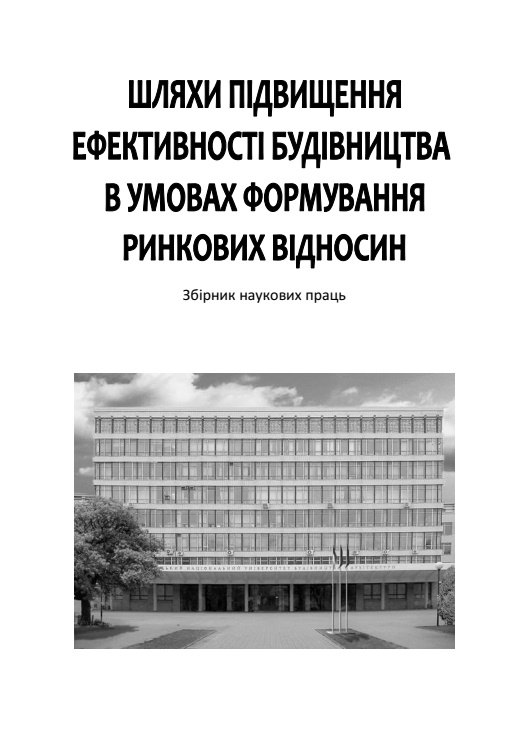Building information modelling: general overview
DOI:
https://doi.org/10.32347/2707-501x.2019.39.94-104Keywords:
Building Information Modeling, ASHRAE, HVAC, Renewable Energy.Abstract
This article presents a quick review for Building Information Modeling (BIM) in the past and the anticipated benefits in the future and why BIM is considered as an intelligent model and why we have to use BIM as our concept by explaining how BIM goes further than traditional cad drawings. The selection of suitable Architectural Software is discussed.References
Aziz Boukara; Naamane Aziz; “A Brief Introduction to Building Information Modeling (BIM) and its interoperability with TRNSYS”; Journal of Renewable Energy and sustainable Development (RESD), June 2015, ISSN 2356, pp 126-130.
Dave Conover et al; “An Introduction to Building Information Modeling (BIM): A Guide for ASHRAE Members”; 2009 American Society of Heating Refrigerating and Air-Conditioning Engineers, Inc. 1791 Tullie Circle, N.E., Atlanta, Georgia 30329
Han Yan and Peter Damia; “Benefits and Barriers of Building Information Modelling”; Proceedings of the 12th International Conference on Computing in Civil and Building Engineering (ICCCBE XII) & 2008 International Conference on Information Technology in Construction (INCITE 2008), Beijing, China, 16th-18th October 2008.
URL:https://archsmarter.com/ (accessed on March 14, 2019).
URL: https://www.bimcommunity.com/news/load/630/how-bim-transforms-the-way-architectural-firms-design, (accessed on March 14, 2019).
Downloads
How to Cite
Issue
Section
License

This work is licensed under a Creative Commons Attribution 4.0 International License.
Authors who publish with this journal agree to the following terms:
- Authors retain copyright and grant the journal right of first publication with the work simultaneously licensed under a Creative Commons Attribution License that allows others to share the work with an acknowledgement of the work's authorship and initial publication in this journal.
- Authors are able to enter into separate, additional contractual arrangements for the non-exclusive distribution of the journal's published version of the work (e.g., post it to an institutional repository or publish it in a book), with an acknowledgement of its initial publication in this journal.
- Authors are permitted and encouraged to post their work online (e.g., in institutional repositories or on their website) prior to and during the submission process, as it can lead to productive exchanges, as well as earlier and greater citation of published work (See The Effect of Open Access).

